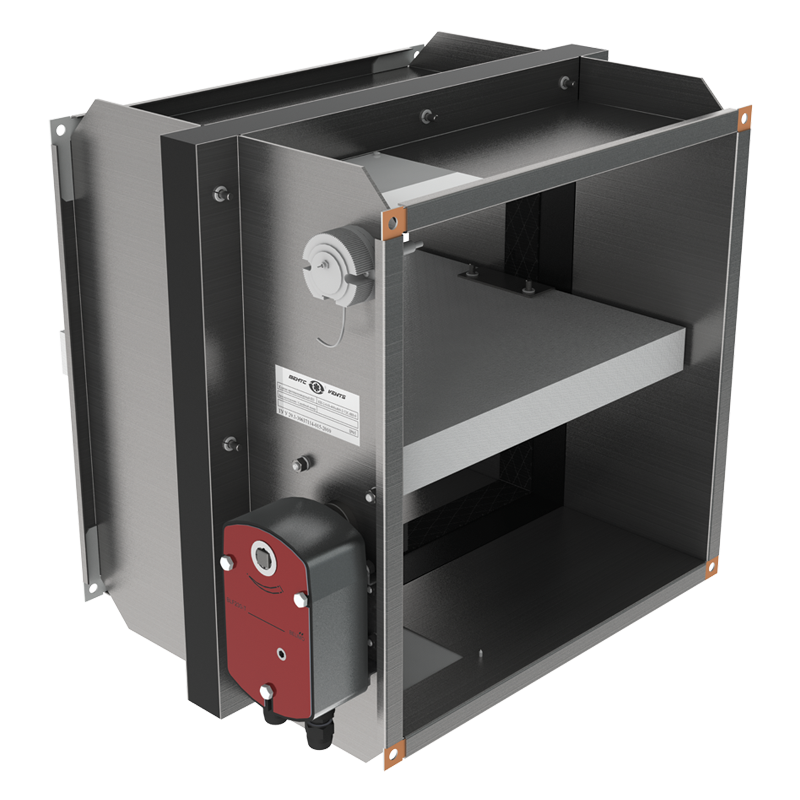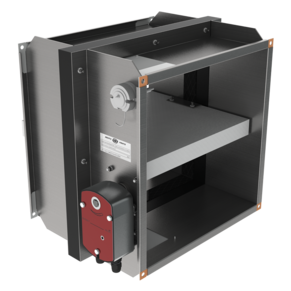VENTS KP-2...PKP, KP-2...PVP, KP-2...PSP series



Normally open fire-resisting duct damper with electric drive mechanism.
Model features
- Description
- Downloads
- BIM
Description
Description
| APPLICATION | |||||||||||
|
|
||||||||||
| DESIGN | |||||||||||
|
|
||||||||||
| THE KP-2...PKP/KP-2...PVP/KP-2...PSP FIRE SAFETY DAMPER WITH BELIMO ELECTRIC ACTUATOR AND THERMOELECTRIC BREAKER | |||||||||||
 |
|||||||||||
| INSTALLATION | |||||||||||
|
|
||||||||||
| INSTALLATION RECOMMENDATIONS FOR KP-2...PKP/KP-2...PVP/KP-2...PSP FIRE SAFETY DAMPERS WITH ELECTRIC ACTUATOR AND THERMOELECTRIC BREAKER | |||||||||||
|
|||||||||||
Downloads
Downloads
Select document type






 Domestic fans
Domestic fans  Industrial and commercial fans
Industrial and commercial fans  Single-room ventilation systems with heat recovery
Single-room ventilation systems with heat recovery  Air handling units
Air handling units  Air heating systems
Air heating systems  Smoke extraction and ventilation
Smoke extraction and ventilation  Air sterilizers
Air sterilizers  Accessories for ventilating systems
Accessories for ventilating systems  Electrical accessories
Electrical accessories  Ventilation ducts and fittings
Ventilation ducts and fittings  Air distribution components
Air distribution components  Ventilation kits and vents
Ventilation kits and vents 




